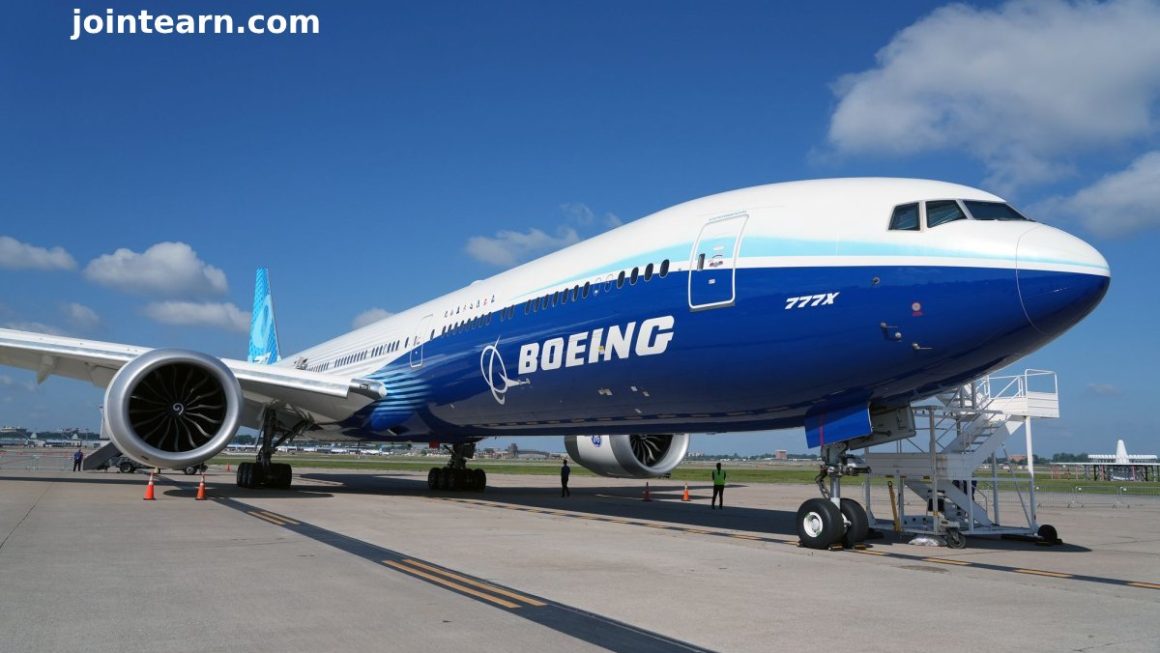Despite high uncertainty, the stock market has made impressive gains, but experts say several key factors must align for the rally to continue.
🔑 Key Takeaways:
- Stocks bounced back last week, erasing all losses from President Trump’s “Liberation Day” tariff announcement.
- Optimism surrounding U.S.-China trade tensions and strong earnings reports drove the rally.
- Morgan Stanley analysts suggest a trade deal with China and a dovish Fed stance are essential for sustained stock growth.
- Risks to the rally include tariff impact on the labor market and the threat of rising Treasury yields.
📉 Stock Rally Amid Uncertainty
Wall Street’s recent stock market rally has surprised some observers, given the ongoing uncertainty around U.S.-China trade tensions and the looming effects of high tariff rates. Last week, the S&P 500 rose for a ninth consecutive session, marking its longest winning streak since 2004.
The rally followed a strong jobs report and growing optimism over the U.S.-China trade war. The index managed to completely erase the losses it had suffered since President Trump’s “Liberation Day” tariffs announcement on April 2, 2025.
Yet, analysts remain cautious. Although tariffs on Chinese goods remain high and a number of trade deals are still pending, the market has maintained an optimistic outlook. According to Morgan Stanley analysts, the rally has been fueled by positive trade developments and better-than-expected corporate earnings.
💡 What’s Driving the Rally?
The recent market jump has been attributed to two key factors:
- U.S.-China trade de-escalation: After Treasury Secretary Scott Bessent labeled the U.S.-China trade war as “unsustainable,” investors took this as a sign of potential de-escalation. President Trump has since suggested tariffs on Chinese goods may decrease. In addition, China has expressed willingness to negotiate, further boosting optimism.
- Stronger-than-expected earnings: The S&P 500 is on track to report 10% profit growth for Q1 2025, and several market drivers, such as AI demand, remain robust. These strong earnings are helping to counterbalance ongoing trade tensions.
🏛️ The Role of the Federal Reserve
For the rally to continue, analysts suggest two other key factors must fall into place:
- A trade deal: A concrete agreement between the U.S. and China will help reassure businesses and investors that the trade conflict is truly de-escalating, not just a temporary pause.
- Dovish Fed signals: Investors are hoping that Federal Reserve officials will signal a willingness to cut interest rates to support economic growth. According to Morgan Stanley, equity returns tend to be strong in late-cycle economic environments, but this typically happens when the Fed signals a shift toward easier monetary policy.
However, there’s a caveat: Morgan Stanley’s economists don’t foresee any rate cuts this year. This raises concerns about whether the Fed will provide the necessary support to sustain the rally in the long term.
⚠️ Risks to the Rally
Despite the recent positive developments, there are several risks that could derail the rally:
- Tariffs’ impact on the labor market: The effects of tariffs on small businesses, which employ nearly half of all American workers, are still unfolding. Small businesses are less equipped to absorb the higher costs imposed by tariffs compared to larger corporations, which could lead to job losses and slower economic growth.
- Rising Treasury yields: The 10-year Treasury yield has remained elevated despite slowing growth expectations. Analysts warn that if the yield rises above 4.5%, it could put downward pressure on stock valuations. Morgan Stanley cautions that if bond yields and equity returns move in opposite directions again, it could create significant market volatility.
🔍 Outlook for the Market
The market’s trajectory largely depends on the progress made in U.S.-China trade negotiations and Federal Reserve actions. While the market has shown resilience, the risks from tariffs and rising interest rates remain significant.
Investors will be watching closely for signs of de-escalation in the trade war and any indications from the Fed about future rate cuts. The combination of these factors will determine whether the stock rally can continue or whether the market will face a downturn.











